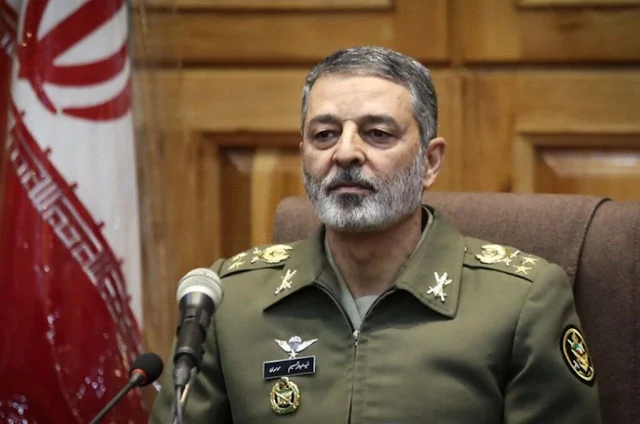“Learn about General Hassan Mohaqiq, the deputy head of Iran’s IRGC Intelligence Organization. Explore his role in counter-espionage, political suppression, and national security planning.”
Introduction
Brigadier General Hassan Mohaqiq operates as the Deputy Head of the Intelligence Organization within the Islamic Revolutionary Guard Corps (IRGC), directly under the command of General Mohammad Kazemi. Although he is seldom mentioned in public discussions, General Mohaqiq plays a crucial and sensitive role in Iran's intelligence framework, particularly in the areas of internal security coordination, intelligence evaluation, counterintelligence, and covert operations.His efforts are indispensable for preserving the operational cohesion of the IRGC, especially in light of escalating geopolitical tensions, covert foreign activities within Iran, and increasing domestic unrest.
Background and Career Overview of General Hassan Mohaqiq
Details regarding General Hassan Mohaqiq’s private life—such as his origins, educational background, or early military history—are largely absent, which is typical for senior Iranian intelligence officials. However, existing information from regional defense publications and Iranian media indicates his extensive involvement in military intelligence over several decades, during which he has steadily advanced through the ranks by focusing on field intelligence coordination and strategies for internal security.Prior to his appointment as deputy to General Kazemi, he reportedly held significant positions within the IRGC's counter-espionage and surveillance divisions, aiding in the detection and neutralization of foreign intelligence networks, particularly those associated with Israel's Mossad and the CIA.
Role and Responsibilities as Deputy Intelligence Chief
As the second-highest official in the IRGC Intelligence Organization, General Mohaqiq is instrumental in overseeing both strategic frameworks and tactical operations across various intelligence sectors.1. Operational Oversight and Coordination
Mohaqiq coordinates the day-to-day activities of Iran’s intelligence divisions, ensuring effective communication between local field offices and the central command. This involves:- Sanctioning high-stakes intelligence initiatives
- Overseeing the collection and evaluation of intelligence data
- Permitting intelligence endeavors that include cyber, electronic, and human resources
- Guiding field agents and internal security forces
2. Counter-Espionage and Internal Vetting
One of his paramount responsibilities is supporting General Kazemi in formulating counterintelligence strategies. Mohaqiq supervises operations focused on:- Detecting and apprehending foreign operatives within Iran
- Conducting loyalty evaluations and background checks for IRGC members
- Monitoring military, aerospace, and nuclear installations for potential leaks
- Blocking the dissemination of information to opposition entities or outside media
3. Suppression of Political Dissent
General Mohaqiq is tasked with leading intelligence units charged with observing and curtailing anti-government activities. This entails:- Pinpointing protest leaders, dissidents, or opposition groups
- Monitoring the communications of activists, journalists, and thinkers
- Collaborating with cyber divisions to track encrypted messaging platforms and social media
- Executing targeted operations to intimidate or detain principal figures associated with civil unrest
4. Collaboration with Other Military Intelligence Arms
While the IRGC Intelligence Organization operates as an independent entity, it coordinates with other security bodies, including:- The Ministry of Intelligence (MOIS)
- The IRGC Quds Force (engaged in foreign operations)
- The Passive Defense Organization (focused on infrastructure security)
Strategic Importance in Iran’s National Defense
The role of General Hassan Mohaqiq as deputy to General Kazemi illustrates Iran’s commitment to maintaining security continuity, secrecy, and ideological fidelity within the IRGC.His selection guarantees that:
- Critical operations are not reliant on a single individual
- The IRGC exhibits robust leadership during crises or shifts
- Decision-making processes are collaborative and reinforced through collective assessments
- The IRGC upholds multiple layers of control over domestic intelligence oversight









